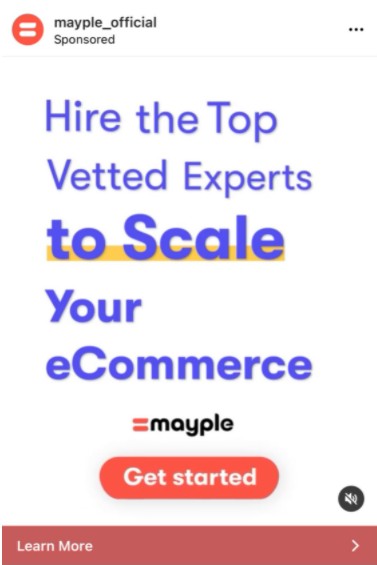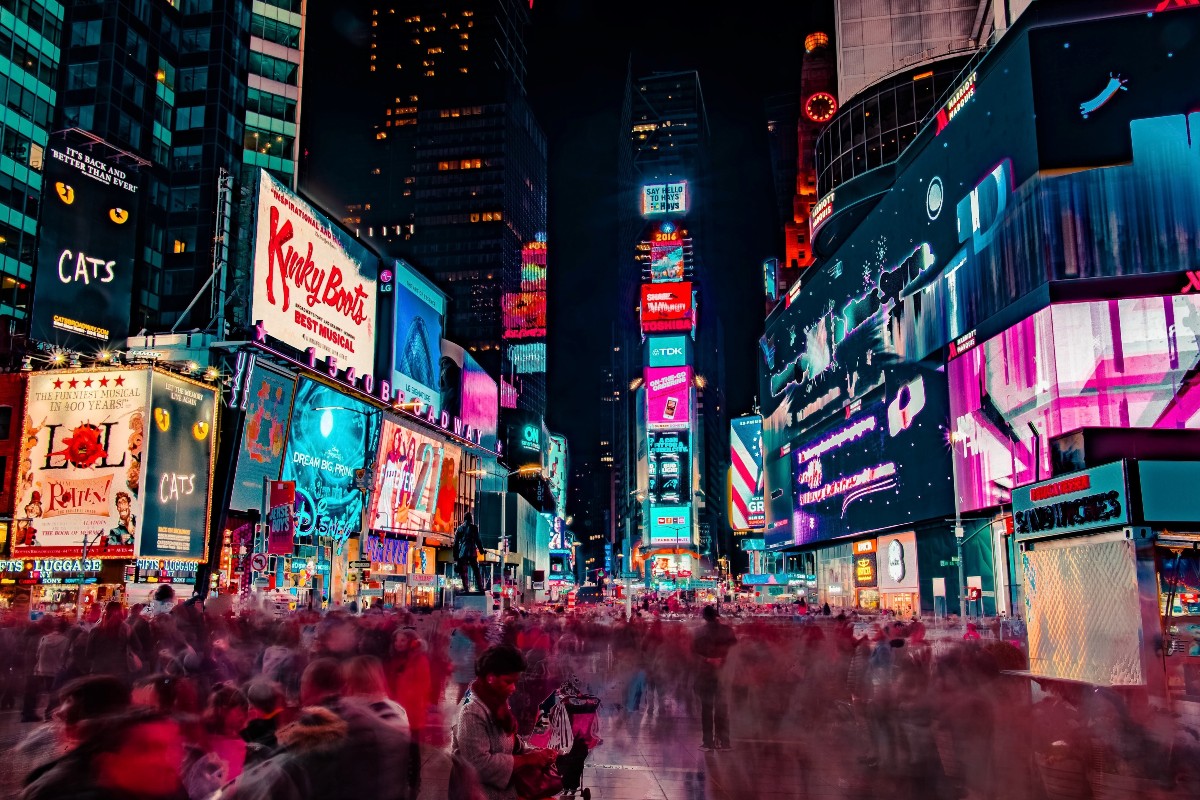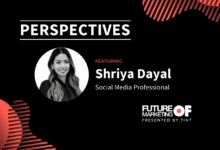One scroll through social media gives you the experience of the attention economy.
It’s an economy built on views, clicks, and conversions—and it all starts with the moment someone’s attention lands on your content. This is why brands spend weeks testing their copy, the color of their call-to-action buttons, and their graphics.
Attention equals money. This is a law of marketing that won’t ever see change, but where attention goes is always changing. Succeeding in the attention economy involves more than just the right platform, it requires perfectly created content that gets high engagement and conversions.
Brands want to figure out how to create the most attention possible – but what few brands realize is that there’s a science to capturing attention.
It starts with the 4 types of attention.
The 4 Types of Attention
NeuroVision used their AI software to categorize attention into 4 types:
Bottom-Up Attention: This attention is an automatic response that’s driven by the “properties of what you’re looking at.” For example, a bright green ‘Buy Now’ button on a header image with a background.
Top-Down Attention: This isn’t an automatic response, but a chosen one where you decide where your attention will go. For example, when you scroll social media with the TV on in the background and choose to pay attention to your feed over the show.
Emotional Attention: With emotional attention, our brains tell us to pay attention to sudden events, novelty, unpredictability, preference, or beauty. For example, noticing the flag of your preferred political opponent amongst someone’s lawn decorations.
Cognitive Attention: A more complex type of attention, cognitive attention looks at familiarity, comprehension, text, and cognitive load.
These 4 types of attention tell us how we can advertise strategically on social media to abide by the rules of the attention economy.
Strategically Advertising on Social Media in the Attention Economy
Posting on social media isn’t about choosing your favorite photo of your products and hitting publish. It’s rooted in strategically using the rules of the attention economy to create content that has the best chance of getting engagement and conversions.
With social media maturing, we’re able to get more data that tells us what content works best. NeuroVision surveyed 1,000 participants to find it only takes people one second to respond to an ad on their social feed.
Previously, the industry had chalked it up to a three-second rule. But, people are adapting to social and are able to discern ads from organic content fast (really fast).
The one-second rule of advertising tells us that getting attention strategically is the only way to go about marketing in this decade.
There are specific rules to abide by that can help advertisers get the attention they’re looking for (in that one-second timeframe).
#1: Use bottom-up attention tactics, like color CTA buttons, to lead customers to the learn more or buy buttons
Mayple uses a brightly colored CTA button to draw people’s attention to their “Get started” button on their social ad:

#2: Add action-driven copy which motivates top-down attention
Headspace gets attention by using copy in their caption that says “BREATHE WITH US” alongside an animated video that brings people into a breathing exercise:
#3: Test novelty, unpredictability, and preference in your content
Bulletproof uses preference to grab the attention of people who agree that counting calories isn’t the only way to a healthier lifestyle:
#4: Make branded content that’s easy to comprehend
Morning Brew’s social content is easy to identify (making it familiar) and quick to understand:
These strategies can help you get ahead in the attention economy, but they come at a cost. As you advertise on “loud” platforms, you’re reaching your audience during a high cognitive load. They’re intaking a lot of copy, colors, graphics, and videos and it’s easier to lose their attention.
Doubling down on the content they most want to see from your brand becomes a crucial part of your advertising strategy.
Your Customers are Asking for User-Generated Content
Forty-eight percent of people claim that user-generated content is a great method for them to discover new products. Considering ads based on user-generated content receive 4 times higher click-through rates, UGC is a catalyst to advertising strategies for brands in all industries.
User-generated content is a photo, video, review, testimonial, or comment left by your customers. Each type of UGC can be turned into marketing materials (after securing the rights, of course) that have a higher engagement and conversion rate than brand-created content.
Chipotle heavily relies on UGC for its social platforms, where they find, moderate, and distribute UGC across its marketing channels. Their success, 1.6 million TikTok followers, showcases how UGC can be used to get attention using the 4 types of attention found by NeuroVision.
UGC is used by hotels like Loews, universities like Purdue, hospitality brands like Hyatt, and food companies like Chipotle. It’s become such a huge player in the attention economy that brands even have their employees creating employee-generated content (EGC) that outperforms their brand-created content.
Chipotle has opened their application process to TikTok resumes, videos posted by their potential employees showcasing why they’d be a good fit to work at the restaurant. These resumes also double as UGC that promotes the Chipotle brand.
“Chipotle is continuing to experiment with new methods of meeting its potential applicants where they are. Through TikTok Resumes, Chipotle’s prospective applicants can showcase their authenticity and true passions in unique ways outside of a traditional resume or sit-down interview.”
Adding user-generated content to your advertising strategy not only adds to your ability to direct attention but also saves you time and resources normally spent on content production. As social media continues to evolve, it’s becoming increasingly important to capitalize on attention by creating content that resonates.
Advertising in the Attention Economy
The attention economy is not for marketers faint of heart. With more advertising space comes more advertisements…and competition. As social brands continue to add features – like audio rooms – to their platforms, we know one thing is certain:
More advertising space will open up in the future – and more brands will be competing for people’s attention.
The key to garnering attention in this economy is understanding how to create content that fits into the 4 types of attention:
- Bottom-Up Attention
- Top-Down Attention
- Emotional Attention
- Cognitive Attention
With user-generated and employee-generated content, brands can tap into a resource of highly engaging and converting marketing materials that fit these types of attention.
The attention economy is changing every day, as companies like NeuroVision find pivotal stats like the new one-second rule. Join 20,000+ marketers staying up-to-date on how the attention economy impacts marketing strategies by subscribing to the Future of Marketing newsletter here.





